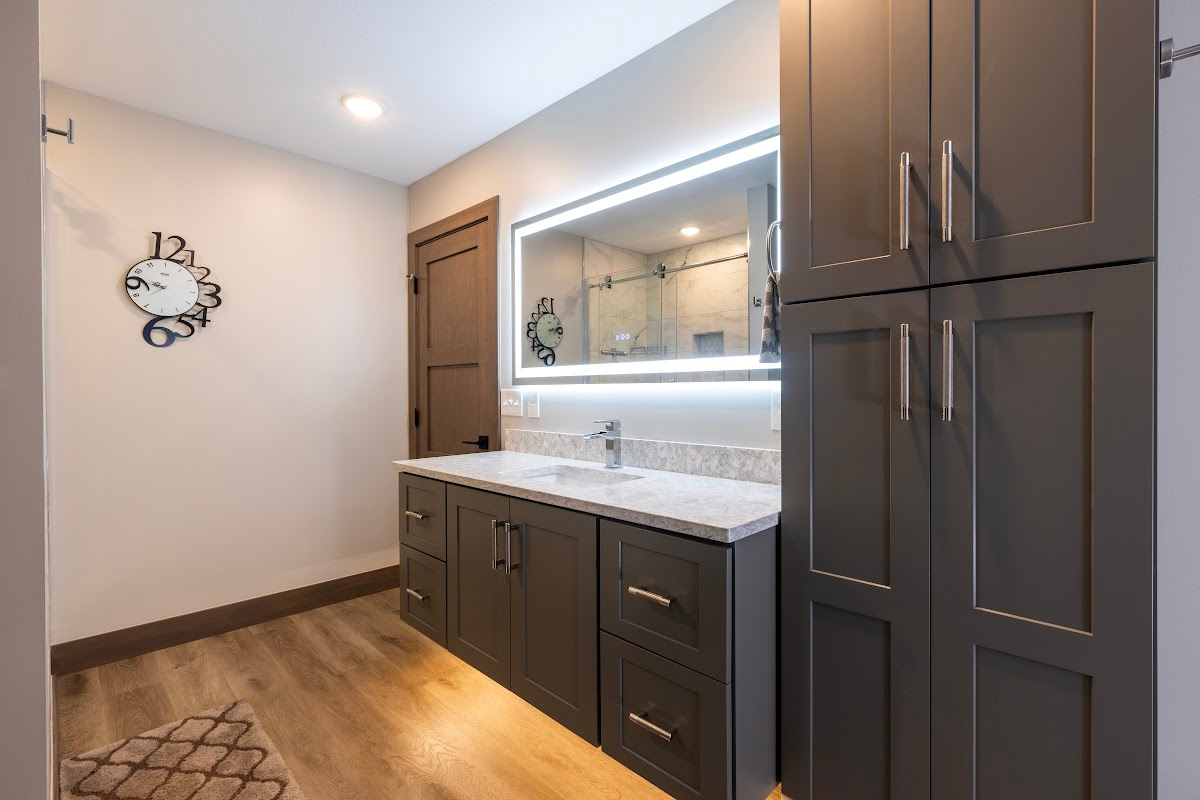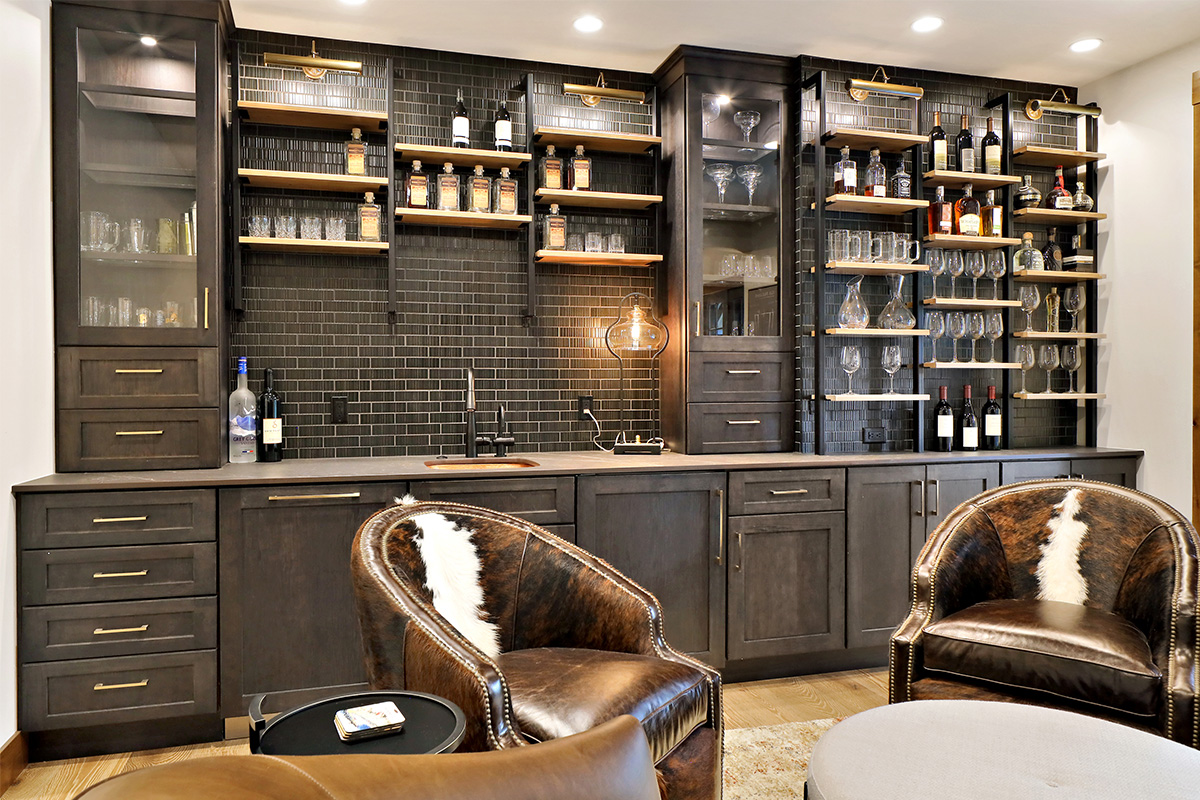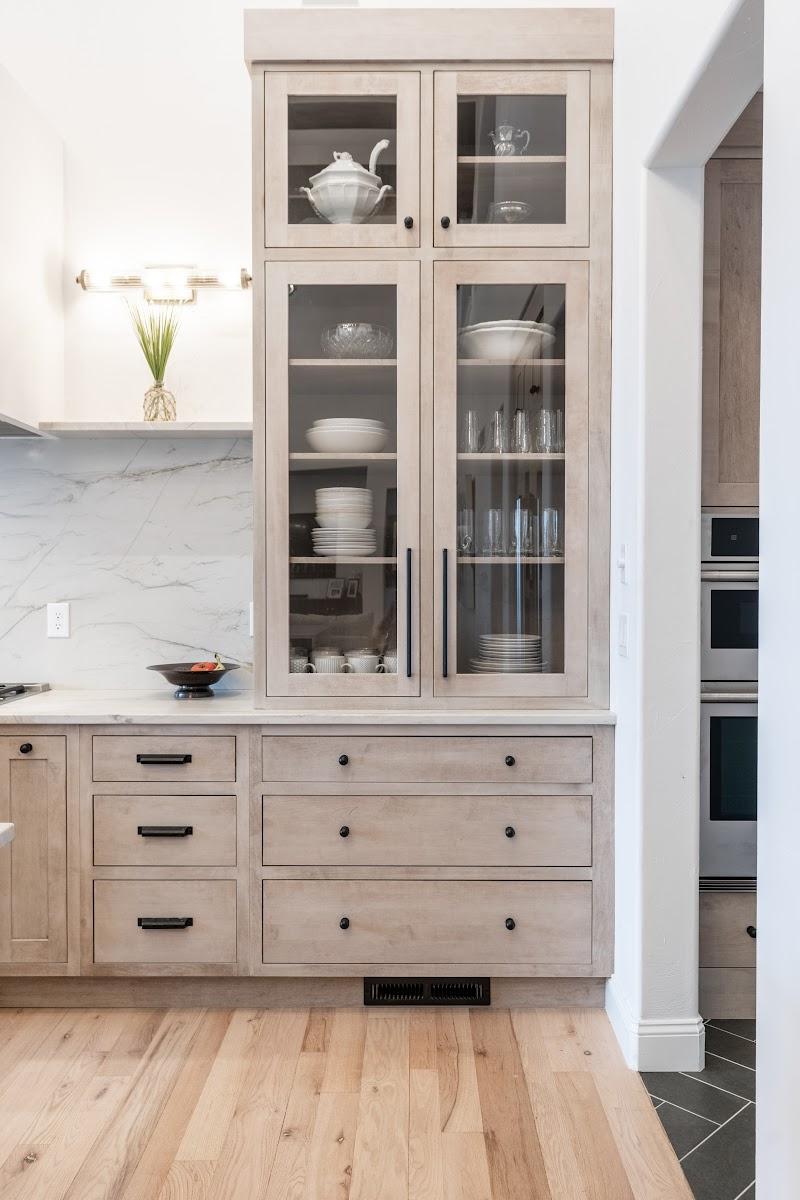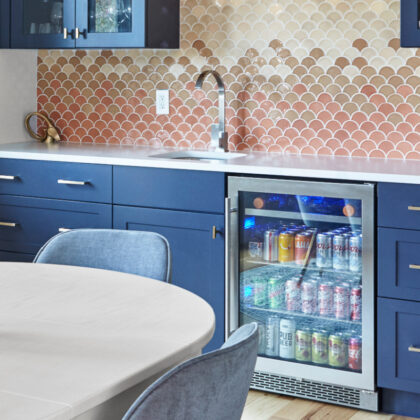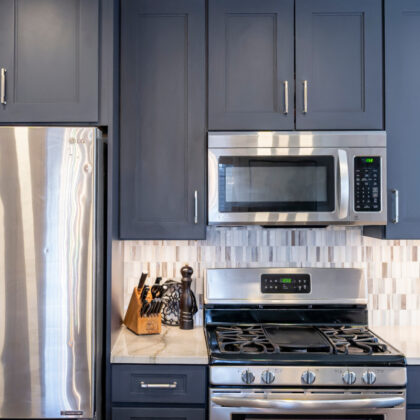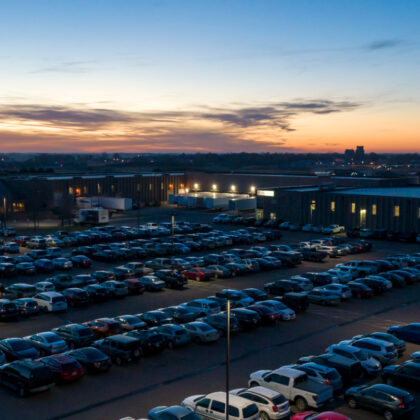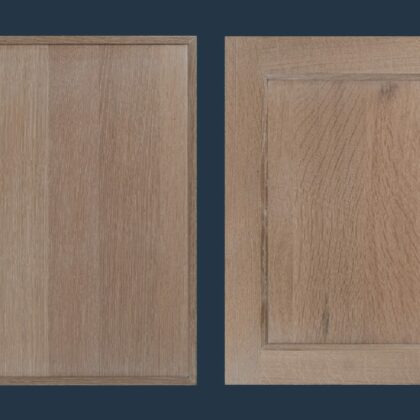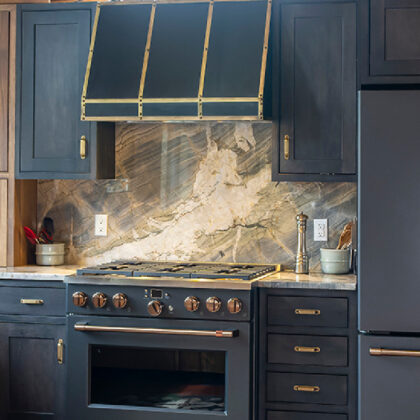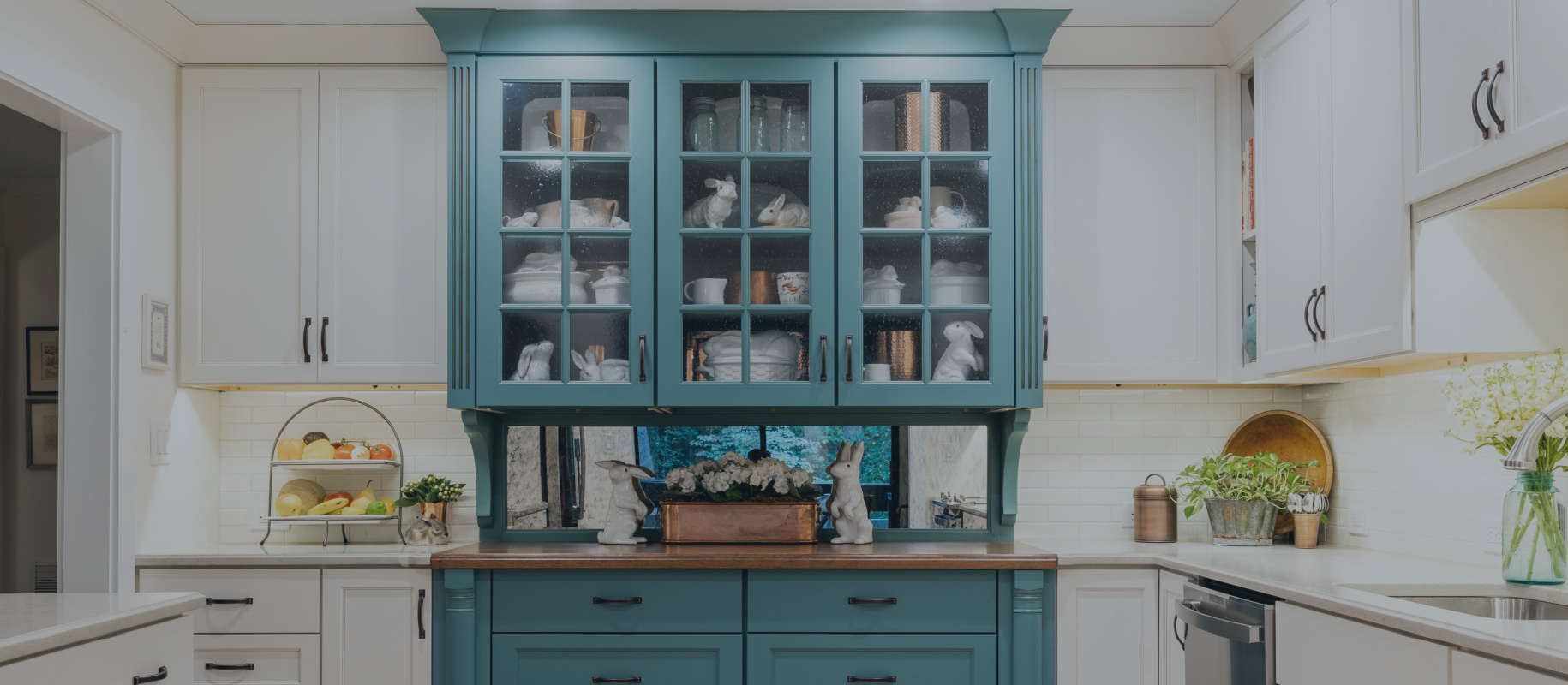
Have you ever wondered why cabinets are sometimes called cupboards? Read on to learn more.
Learn More
The evolution from cupboards to cabinets is a fascinating journey that reflects changes in societal needs, technological advancements, and design preferences over time. Let’s explore the key milestones in this evolution.
Early Origins of Cupboards:
Medieval Cupboards: The concept of cupboards can be traced back to medieval times when they were primarily used for the display of cups and dishes. These early cupboards were simple wooden structures with shelves or drawers, often adorned with decorative elements like carvings or ornate hardware. Doors were added to cupboards in the 16th century.
Functionality Over Aesthetics: In medieval households, cupboards served a practical purpose, providing storage for valuable items such as dishes, linens, and foodstuffs. Functionality took precedence over aesthetics, with cupboards designed to be sturdy and utilitarian rather than decorative.
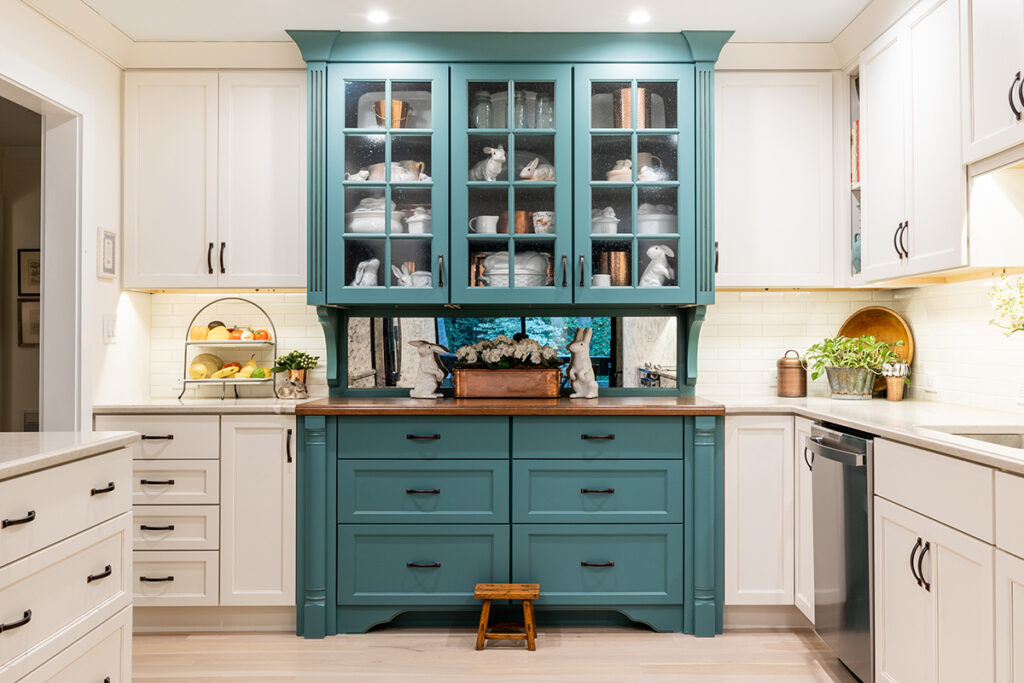
Transition to Cabinets:
Industrial Revolution: The advent of the Industrial Revolution in the 18th century brought significant changes to manufacturing processes and materials. Mass production techniques made it possible to produce cabinets more efficiently, leading to the emergence of new styles and designs. And, as style and ingenuity progressed, cabinets in the home became more mainstream with the use of multi-function, free standing units that not only stored items on open shelves and in covered compartments; and also included items such as integrated ironing boards, seating, and stepping platforms to access dishes on high shelves.
Rise of Built-In Cabinetry: With advancements in construction techniques, built-in cabinets became increasingly popular in homes. Instead of freestanding cupboards, homeowners began incorporating cabinets into the architecture of rooms, optimizing space and creating a seamless look.
Technological Innovations: Innovations in woodworking tools and machinery allowed for greater precision and customization in cabinet construction. Adjustable shelves, drawers, and compartments became standard features, offering enhanced storage options for a variety of items.
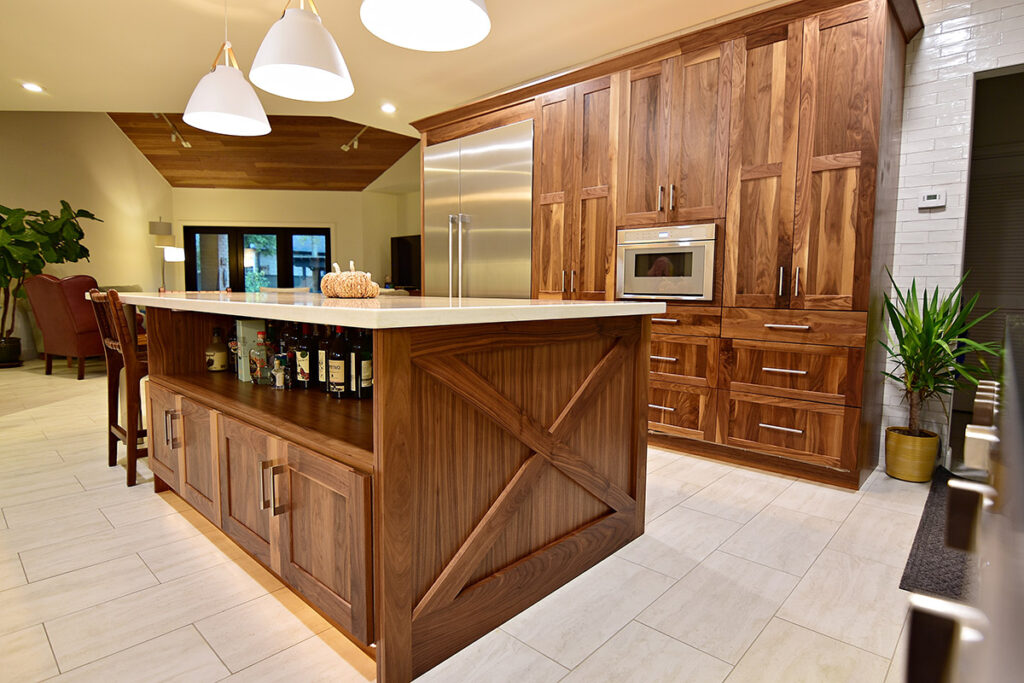
Modern Era:
Sleek and Streamlined Designs: As the 20th century progressed, there was a shift towards sleeker and more streamlined designs. Cabinets evolved to embody a modern aesthetic, characterized by clean lines, smooth surfaces, and minimalist hardware.
Customization and Versatility: With the rise of modular design, cabinets became increasingly customizable to accommodate individual storage needs. Homeowners could now configure cabinets with adjustable shelves, pull-out trays, and other accessories to maximize functionality.
Integration of Technology: In contemporary homes, cabinets are often equipped with integrated technology such as lighting, power outlets, and smart storage solutions. These features enhance convenience and efficiency, catering to the demands of modern living.
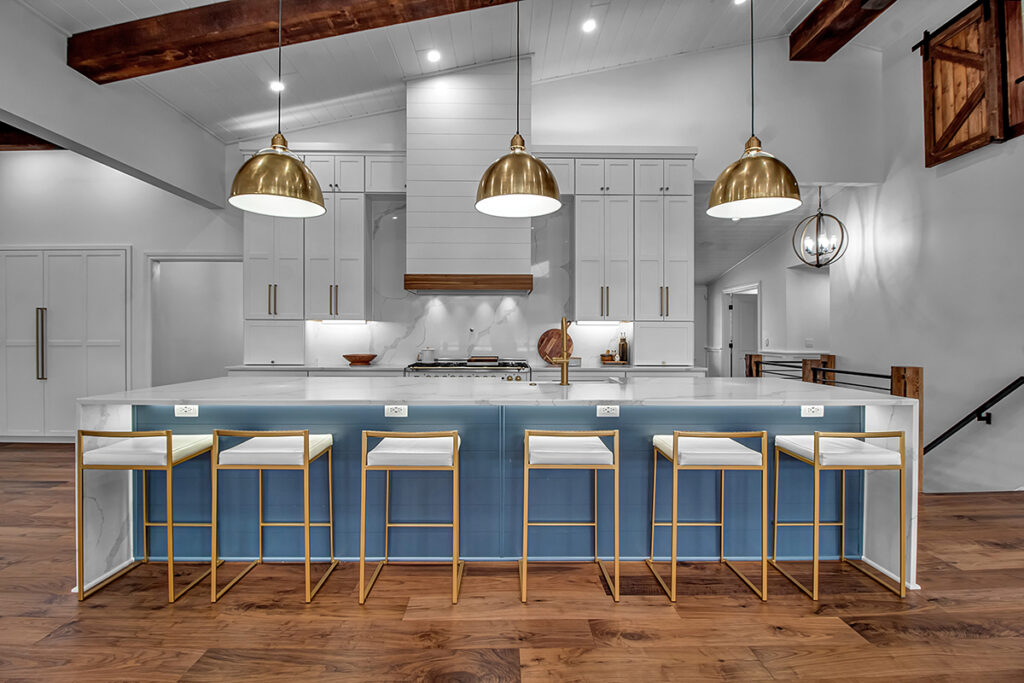
The evolution from cupboards to cabinets reflects broader shifts in design, technology, and lifestyle preferences throughout history. While cupboards served as practical storage solutions in medieval times, cabinets have evolved to meet the demands of modern living, offering customizable, integrated, and aesthetically pleasing storage options for today’s homes. Whether as standalone units or built-in fixtures, cabinets continue to play a vital role in organizing and optimizing space in our living environments.
Let’s get started!
Take the time to explore each option, weigh the pros and cons, and envision the perfect cabinetry solution for your dream home.
Connect with a local Showplace dealer to get started on your next home improvement project.
